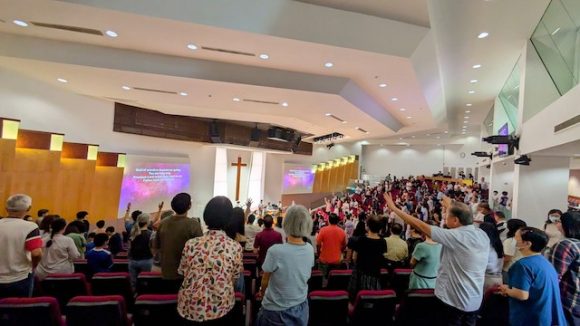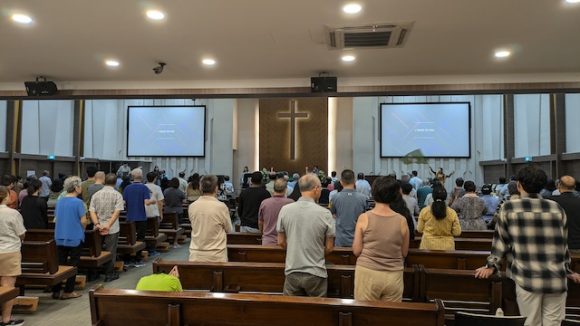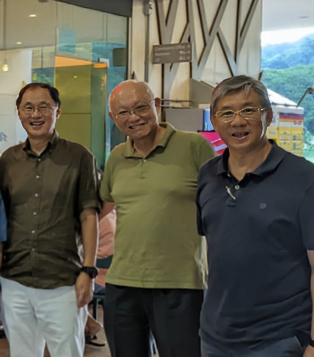Pastor Rony Tan went home to his Lord and Master on the 16th of September 2024, aged 79 years old. He passed away peacefully after suffering from sciatic nerve pain for two years and a recently discovered complicated tumour. For the joy of meeting his Master, whom he served faithfully, he endured the pain and […]
It was with a sense of awe that I read about the history of Kum Yan Methodist Church (KY) in a May 2021 excerpt from the Methodist Message about the 103rd-anniversary celebration: “…. I learned how KY’s founding father, Mr I.C. Lam started the church because he sensed the needs of the people around him. […]
I have known Pastor Douglas Goh since we met during one of the Love Singapore Prayer Summit in Malacca. Or perhaps in some other earlier meetings. He struck me as a thoroughbred Pentecostal, proud of his roots in the Assemblies of God Singapore, and deeply committed to being more like his Master and helping his […]
When I received an invitation to preach at Yishun Christian Church (Anglican), I was happy to accept. I heard of this church long ago, when the church I served was searching for a permanent church facility. This was the first example of two churches sharing one building facility in a HDB land tender in a […]
For about seven years, Jimmy Tan, Koh Seng Chor and I (above picture, from R to L) have been meeting in a 3-2-1 spiritual friendship. We have met in our homes, the Railway Mall, the office or the great outdoors. Three persons, for about two hours of sharing life and prayers, once a month. This […]
The world of fashion is estimated to have lost US$2 to 3 trillion a year to counterfeiters of their branded products, usually fashion and luxury goods like clothing, shoes, watches and leather items. I wonder how much is lost in the kingdom when there are counterfeit or fake preachers in the pulpit. Probably, it can […]



